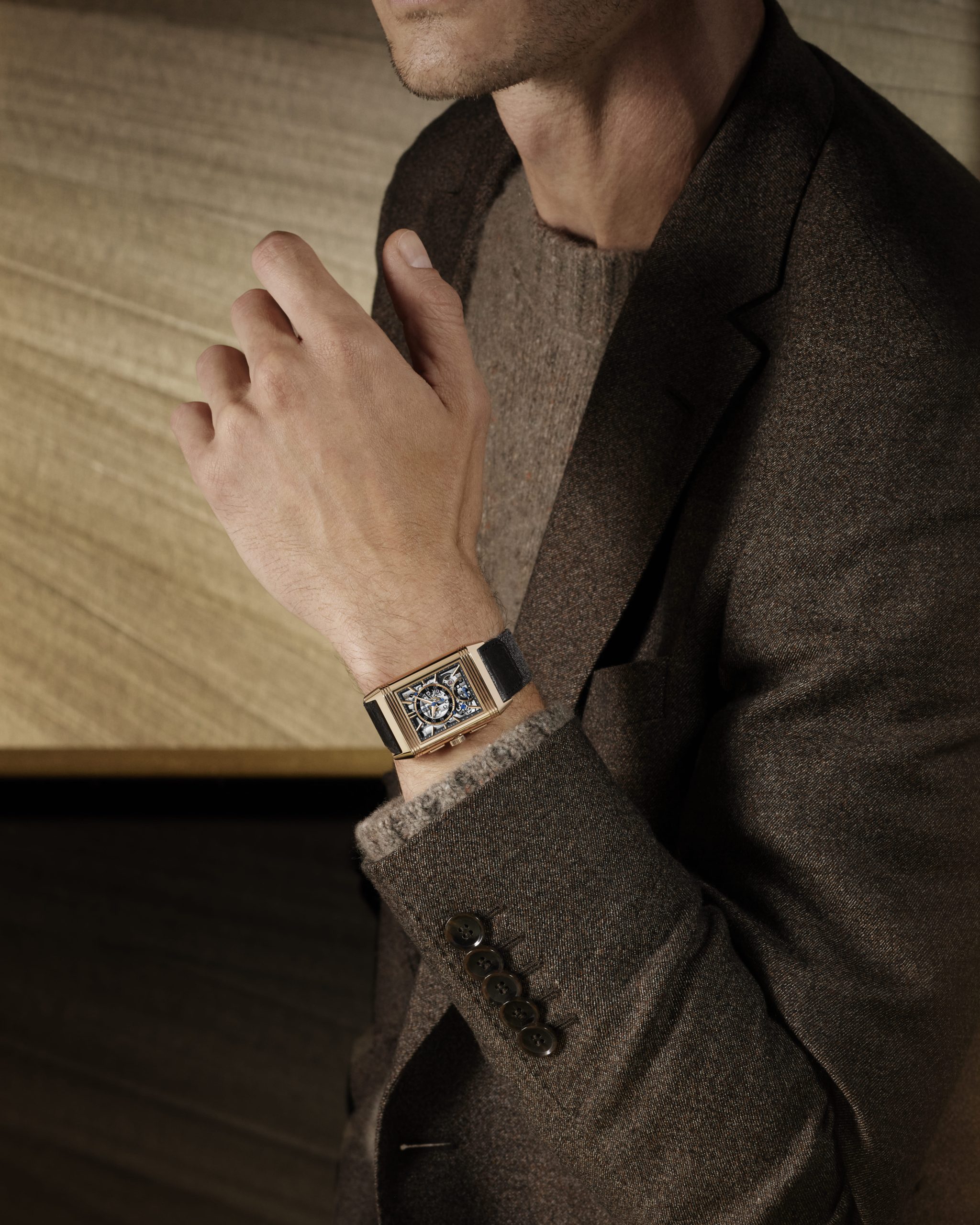The global economy is grappling with severe challenges. Geopolitical tensions and trade uncertainties have dampened growth, with little hope of recovery in sight. Few industries are immune – perhaps only AI and tech – with most, including the art market, taking a significant hit. In 2024, major auction houses were expanding aggressively in Hong Kong, embracing new business models and showing confidence in the market. But 2025 paints a very different picture. Some galleries are scaling back or shutting down entirely. What does it mean for the future of our art economy? With limited access to the resources enjoyed by global gallery operations, what immediate challenges are local galleries facing? How are they adapting, and could alternative business models offer a lifeline? Jaz Kong looks for answers

Global and regional market trends
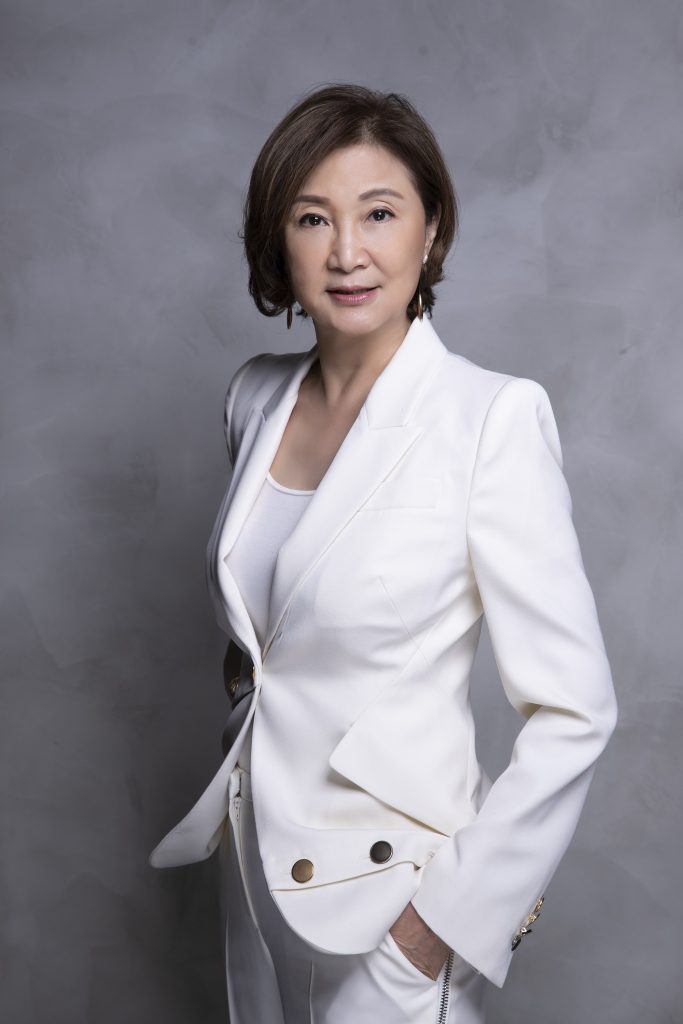
the art basel & UBS Art Market Report 2025 by Arts Economics paints a mixed picture. Global art sales have declined steadily since 2022, falling 12% to US$57.5 billion last year. The high-end market faltered, but lower-priced segments—particularly sales under US$250,000—grew by 17%, with smaller dealers driving much of that growth. Persistent headwinds remain: economic and geopolitical instability, rising rents and labour costs, escalating logistics expenses and evolving buyer behaviour. Impending tax reforms in the US and EU may further disrupt trade flows.

In Hong Kong, auction sales rose in 2024, boosted by thematic sales aimed at younger buyers—up 10–15% year-on-year—driven by high-value lots and blue-chip works. Despite the challenges, the report sees cautious optimism: stronger dealer sales at fairs, an influx of younger buyers benefiting from generational wealth transfer and an expanding role for digital engagement.
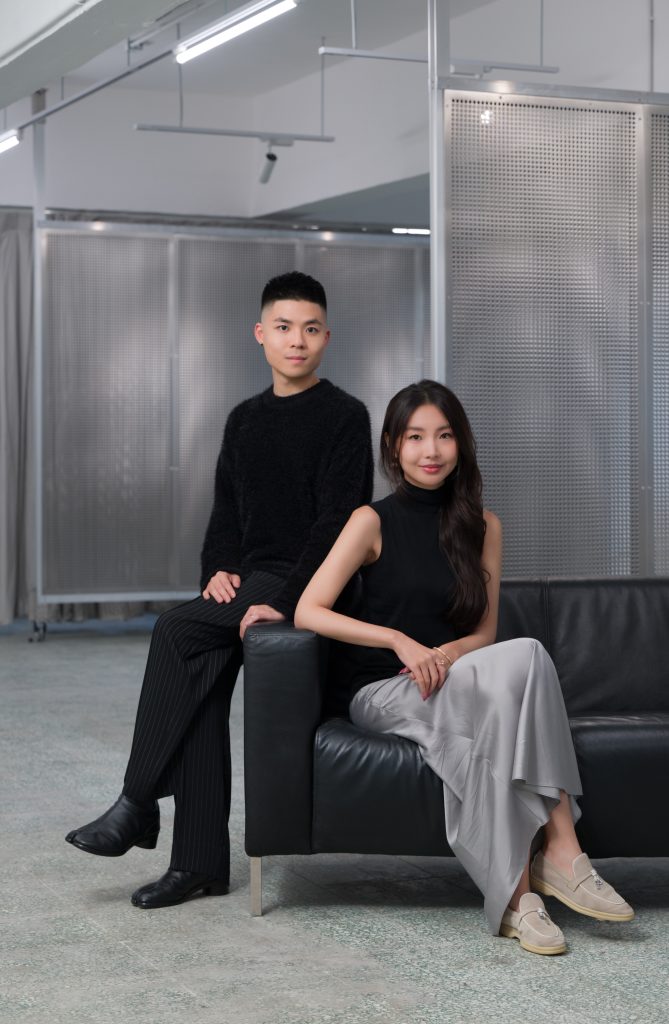
The inaugural Mishcon de Reya x ArtTactic – China Art Market Report 2025 reinforces this long-term resilience. From 2015 to 2024, Hong Kong’s share of the global art market doubled from 7% to 14%, making it – alongside Mainland China – the world’s third-largest art market, rivalled only by Paris in sustained auction growth. Even with a sharp 33.1% drop in auction sales in 2024 due to economic uncertainty, the market adapted. A slowdown at the top end shifted momentum to works under US$50,000, attracting younger collectors, particularly Millennials and Gen Z.
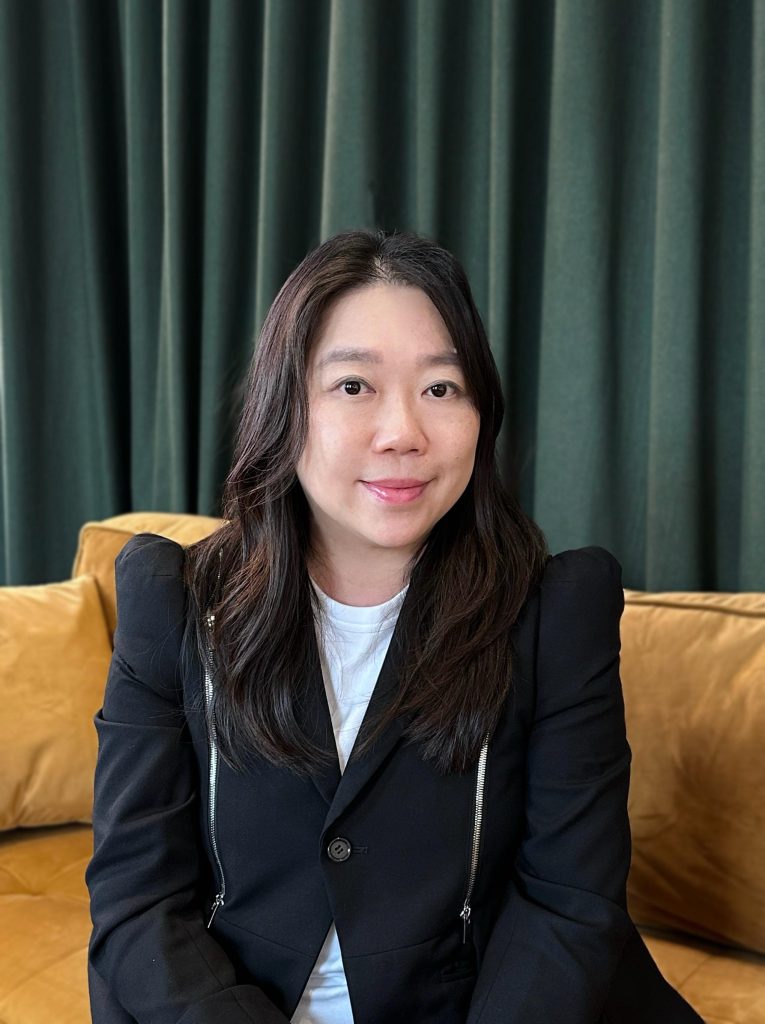
Collecting behaviours have shifted too: the Covidera frenzy of rapid flipping has given way to longer holding periods, which have proven more profitable. Between 2021 and 2024, works resold within five years saw a steep -26.1% compound annual growth rate (CAGR), while long-held pieces fared better. Young Contemporary artists – once market darlings – faced the steepest drop at -32.3% CAGR in 2024. By contrast, Chinese and Asian artists outperformed their international peers, whose returns turned negative. Hong Kong still accounts for 80.7% of regional auction sales, well ahead of Seoul and Singapore – a dominance that could prove critical in any rebound.
A shifting gallery landscape
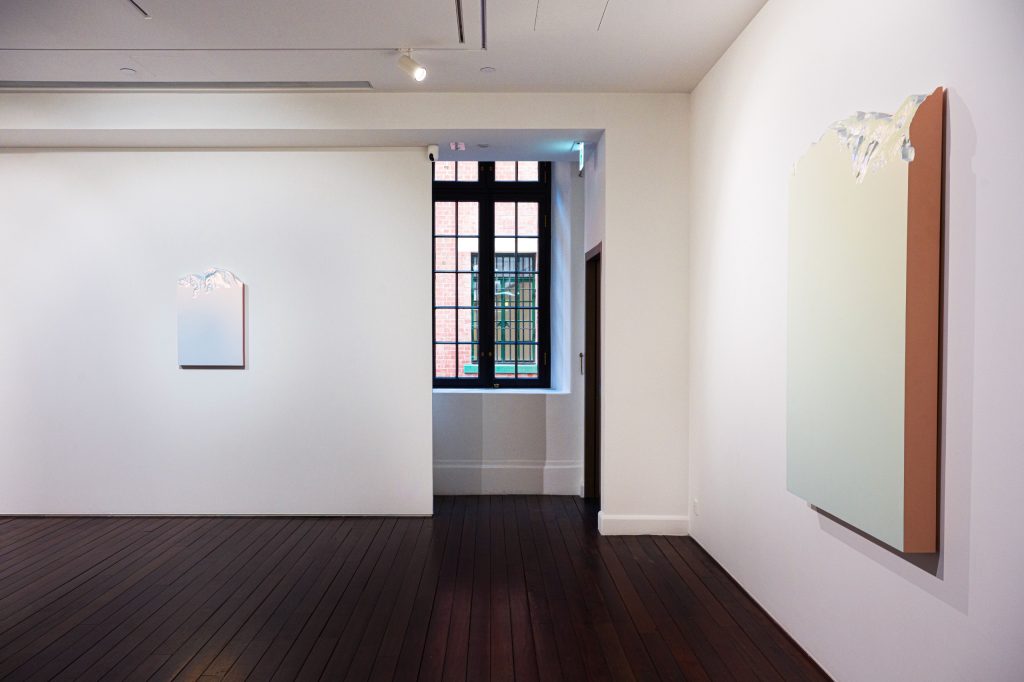
Hong Kong’s gallery scene is feeling the strain across all tiers. Closures and downsizing are being driven by rising rents, falling walk-in traffic, higher costs of art fair participation, and competition from mega-galleries and auction houses. Even blue-chip dealer Lévy Gorvy Dayan closed its Hong Kong branch at the end of 2024 after a five-year run, citing a post-Covid buyer shift toward longdistance transactions over in-person sales. Mid-tier and emerging galleries have been hit as well: Shout Gallery shut its last mall outlet earlier this year while relocating to a larger Central space, and WOAW Gallery and Young Soy Gallery have closed their physical spaces altogether.
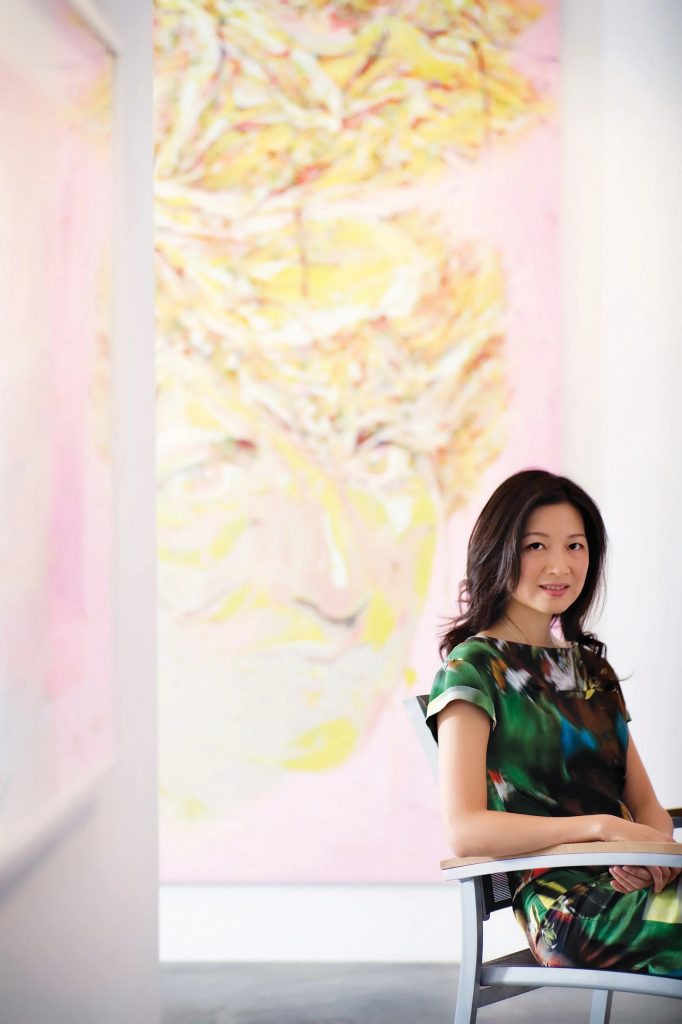
There are, however, signs of confidence. One of the longest-standing key players in the local art scene, Kwai Fung Hin, will move to the Entertainment Building this September, shifting toward a by-appointment model “to communicate directly and more intimately with visitors and collectors” rather than relying on open-door policies at their former Tai Kwun location, says founder Catherine Kwai. Beloved local gem de Sarthe will also relocate in September to a two-part Central venue – one space for experimental programming and another for modern and post-war exhibitions. Meanwhile, younger independents like PHD Group, WKM Gallery and Podium Gallery are gaining momentum, and international heavyweight Carl Kostyál Gallery entered the market with a new Central space earlier this year.
Inside the independent sector

Among hong kong’s independents, there’s a clear understanding that the economy is reshaping how people buy art. “The art market is no doubt being impacted by the global economy, especially with so many events causing uncertainty about the future and affecting how people feel and behave,” says Kwai, who notes “people buy art for pleasure,” hence it is vulnerable when individuals and businesses are cutting costs. Still, she sees opportunity in new buyer segments: “Industries like IT and AI are doing well, and we are pleased to get new buyers from these industries.”
Dr Henrietta Tsui-Leung of Galerie Ora-Ora takes a similar view, but emphasises the importance of controlling what can be controlled. Nearing the gallery’s 20th anniversary (in 2026), she explains, “We have built a robust mix of clients, from long-established collectors to younger ones. Our artists span ink, sculpture, and digital art, making us less vulnerable to immediate market dynamics.”
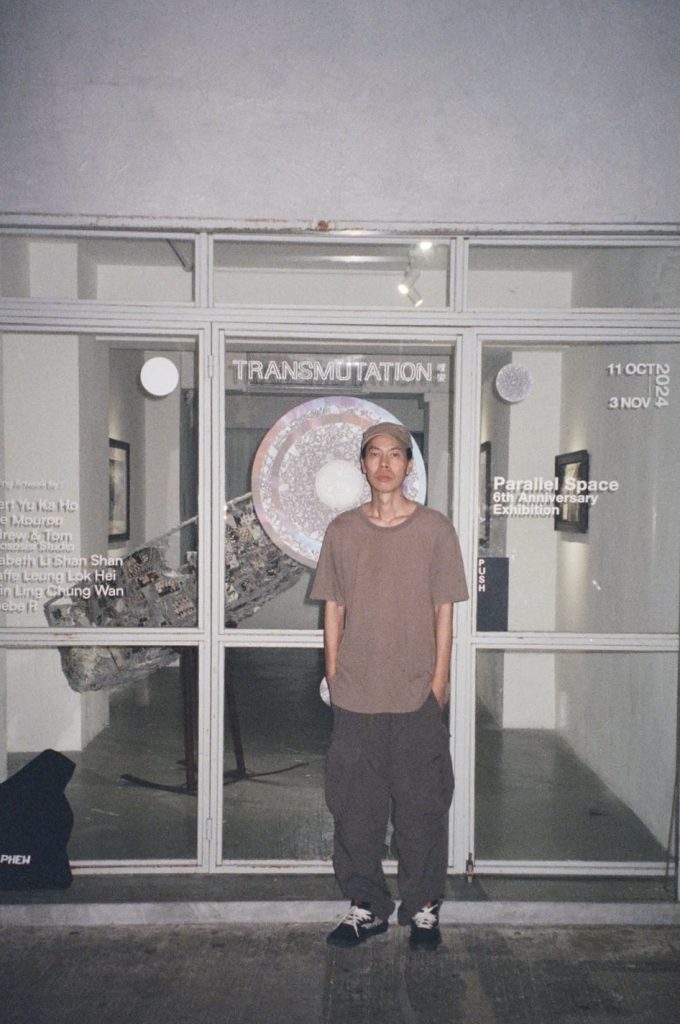
Hilda Chan, co-director of Gallery Exit notices a clear shift in spending behaviour under this upsetting economy, observing that “in general, people are less willing to spend money, and are definitely more cautious”. Angela Li, founder of Contemporary by Angela Li echoes this, noting that “collectors are more selective and cautious… but since we represent mostly up-and-coming or mid-career artists, their prices are still very accessible, and buyers are not as hesitant.” Lorraine Kiang, cofounder of Kiang Malingue offers a note of optimism: “More careful buying, but people who really have a passion for art will always go for it.”
Alternative models and adaptability

For some, the link between the global economy and daily operations is more indirect. “We’re not that close to the ‘art market’ in Hong Kong, so the global economy doesn’t directly affect us,” says Kim Lam, founder of Parallel Space, an independent and multipurpose art space in Sham Shui Po. But he points to a different challenge: “Since 2023, many collectors have been leaving Hong Kong and reducing purchases.
Catering to those who remain – while also maintaining strong ideas for each exhibition – is the biggest challenge.” Parallel Space thrives on rapid exhibition turnover, often just approximately two weeks, giving exposure to younger, more experimental artists and maintaining momentum with audiences.
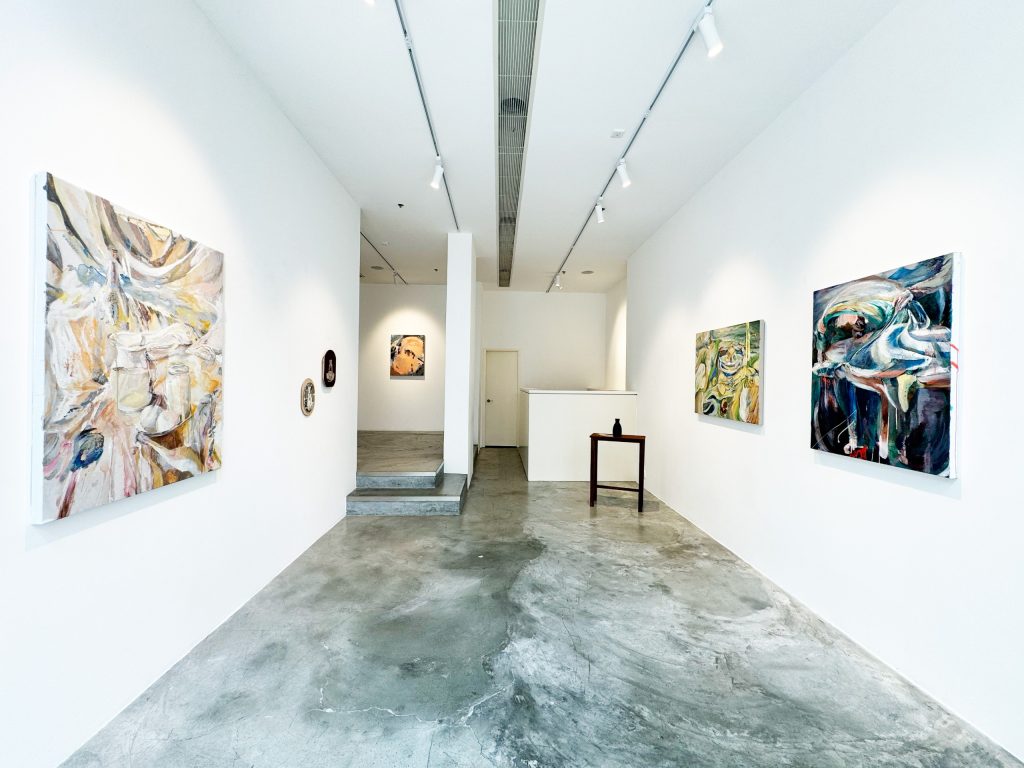
This agility is shared by The Ward, a creative collective co-founded this year by curator Renee Lui and artist Louie Jaubere. It does not bear any grand ambitions but to offer an asylum for those driven to use creative means to capture and express the sights, sounds, smells and touches of our time. The duo often collaborate with different properties and organisations and curate pop-up exhibitions at locations across the city. Riding on that, Lui says, “There’s noticeably less urgency in collecting when the economic outlook is not looking the greatest— people are more cautious, taking time to really research an artist’s background before buying. That makes it tougher for smaller galleries like ours… it’s harder to generate the capital we need to keep projects going.”
Surviving and thriving

Strategies for resilience vary. Chan of Gallery Exit continues to focus on long-term relationships with artists, staging solo shows every one to two years and ensuring international exposure through fairs, a practice that has been the core of Gallery Exit since early days. Li believes in fostering deep artist-collector connections, saying: “It’s not only about sales, but also introducing these talents to new audiences and creating meaningful relationships.” She also values community, noting that her gallery has been part of the Hong Kong Art Gallery Association (HKAGA) since 2012, participating in initiatives like the Central West cluster to strengthen the local scene.

For Kiang, adaptability is key: “Staying consistent but also being aware of adjustments one can make to the business… we are in the business that believes in the future.” The gallery’s newly opened space in New York offers proof to Kiang’s belief as well. Kwai stresses the importance of archives as both an academic and commercial asset, explaining that these records “allow audiences to witness an artist’s growth” and serve as vital resources for museums. This year, her gallery is expanding into Singapore alongside its new Hong Kong headquarters. Perhaps in order to survive the future, one should invest in the past like Kwai.
Location, community and the road ahead
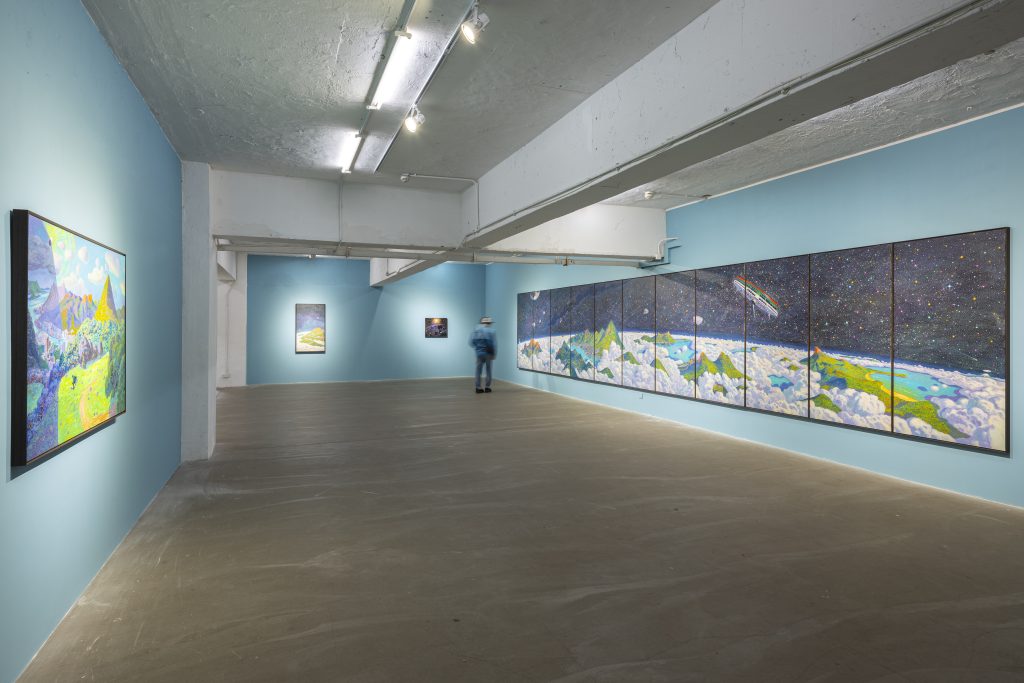
Location continues to shape the city’s gallery dynamics. HKAGA-led events like #SouthsideSaturday and Central Gallery Day bring visibility, while neighbourhoods evolve in character. Chan recalls moving Gallery Exit to Tin Wan in 2014, when South Side traffic was minimal compared to today’s vibrant scene. Yet, a decade later, the South Side is where Podium Gallery decided to set foot, proving that the Hong Kong art scene has expanded exponentially in the past decade, leading to an urgent need to expand outside the Central and Sheung Wan areas.
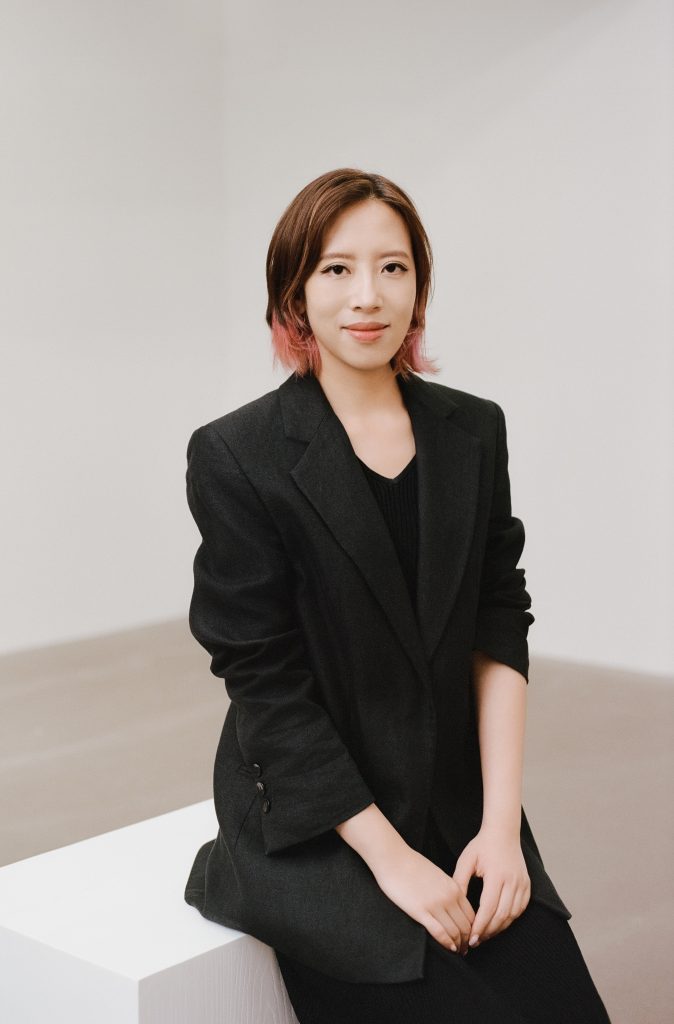
Kiang Malingue, while located outside these clusters, still benefits from targeted exhibitions. “The gallery’s location may have some affect on its business because of accessibility, but some shows can do well with just a handful of people coming, so it all depends,” Kiang says. “If your target audience is the mass, then surely numbers make a big difference.” Lam has also seen Sham Shui Po’s Tai Nan Street transform since 2018. “I witnessed the full changes of Hong Kong as a gallerist/curator during these crazy years,” he says. Lui, however, embraces a nomadic approach: “For us, location isn’t everything — we don’t operate from a fixed space. We work nomadically, doing pop-ups in different venues with the support of our partners. And honestly, that’s part of the charm. It keeps things fresh and exciting. Each location allows us to build a unique environment that complements the work – instead of the usual white cube, we can curate experiences that feel intentional and site-responsive. That draws people in and keeps them coming back.”
Outlook: Leaner, smarter, more digital

It remains a challenging environment, but slower business can also provide an opportunity to pause, reflect and plan strategically. The industry may need to move away from the speculative, rapid-flipping culture that surged during the Covid years and instead focus on sustainable, long-term growth. Encouragingly, most of our interviewees remain cautiously optimistic about the future. That said, economic headwinds have persisted into the first half of 2025. While official sales figures for Art Basel Basel and ArtSG are not yet available, both fairs reported fewer VIP and visitor counts compared to their 2024 editions – raising questions about whether the global art market’s downturn is ongoing. The challenge now is clear: How can Hong Kong navigate this climate while maintaining its competitive edge in the Asian art landscape?
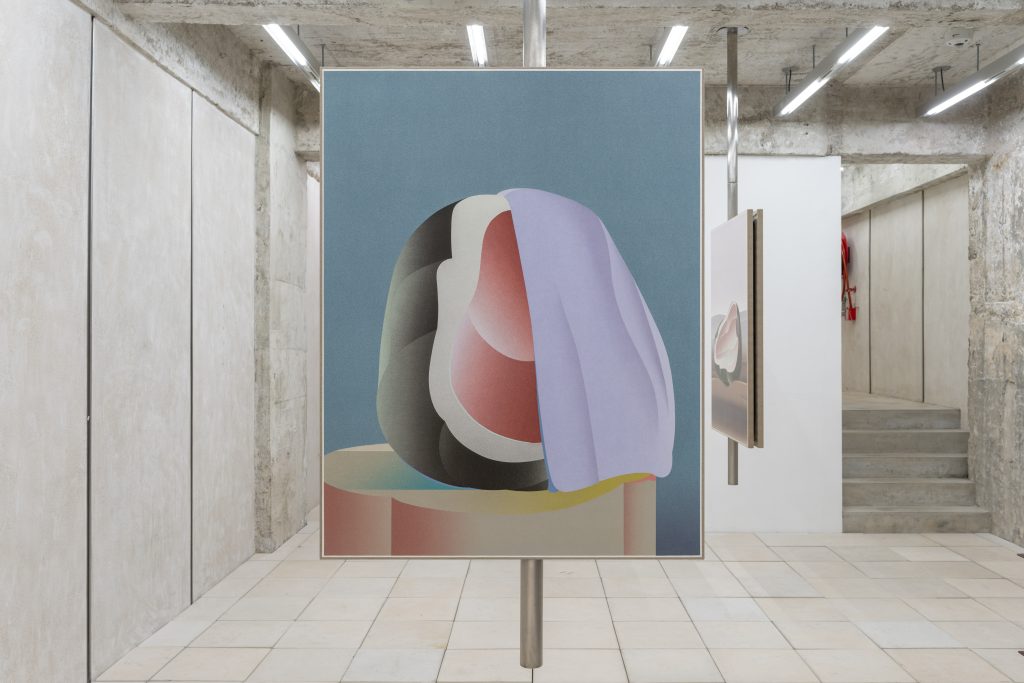
Across five years of Art Basel & UBS reports and the new Mishcon de Reya x ArtTactic findings, one thing is clear: collectors are becoming more educated, cautious and focused on cultural capital. For galleries, innovation is no longer an option but a must – digitisation and fresh approaches are essential for survival. Hong Kong’s highend sales platform remains formidable, but reinvention will be necessary to maintain its status as a cultural hub and compete with rising regional markets. In the independent sector and dealership, those with distinct curatorial voices, strong online presence and cross-border collaborations will be the ones to endure. It is exciting to see a new ecosystem emerge, one that may have shrinked, but with leaner and more adaptive players. The market could emerge healthier – much to the benefit of serious collectors and the gallerists who adapt to the times. #
Also see: Meet Chilean artist Iván Navarro for light and mirror art


